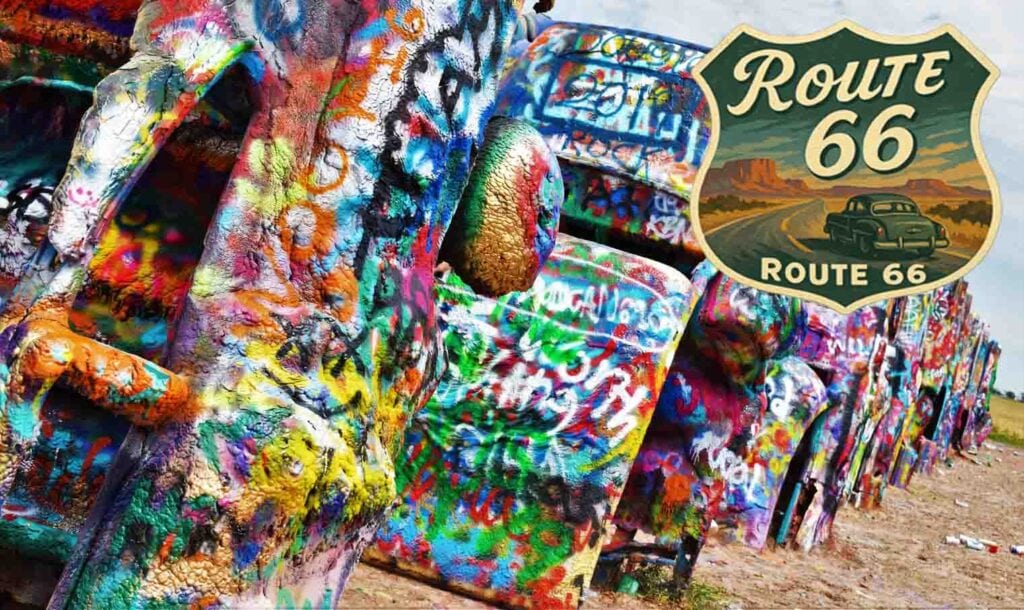
Have you ever felt the tug of a two-lane highway pulling you toward something timeless? Route 66 isn’t just a road; it’s a ribbon of American history, stretching from the bustle of Chicago to the sun-soaked Santa Monica Pier. Along the way, weathered neon signs, vintage motels, and long-forgotten gas stations tell stories of travelers who came before us, chasing freedom on four wheels.
This legendary highway is more than a path across the map; it’s a journey through time. Every mile carries echoes of the postwar boom, jukebox tunes, and the golden age of the open road. Whether it’s a retro diner in Illinois or a ghost-town trading post in Arizona, Route 66 invites us to slow down and savor what once was.
So roll down the windows, cue the radio, and let nostalgia be your guide. The “Mother Road” is waiting, not to be conquered, but to be experienced, one small town and friendly wave at a time.
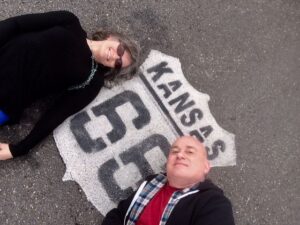
America's Mother Road
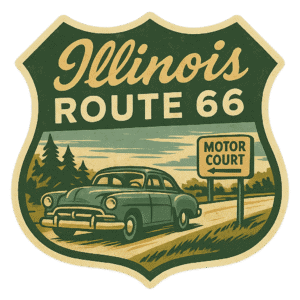
Route 66 begins where skyscrapers meet small-town charm. From Chicago’s city lights to Pontiac’s murals and restored filling stations, Illinois sets the stage for nostalgia. Every mile feels like the opening scene of an all-American adventure.
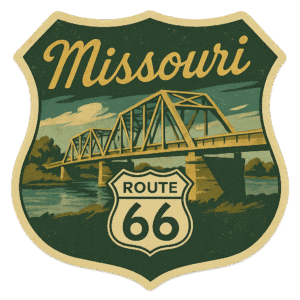
Rolling hills, limestone bluffs, and roadside diners define Missouri’s stretch. St. Louis greets travelers with its iconic Gateway Arch, while Cuba and Lebanon showcase vintage motels and neon signs that still hum with history.
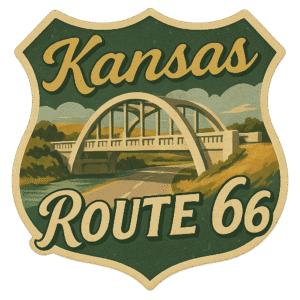
At just 13 miles, Kansas may be the briefest stretch of Route 66, but it’s packed with heart. The towns of Galena and Baxter Springs capture the friendly spirit of the road with old mining relics, quirky shops, and heartfelt smiles.
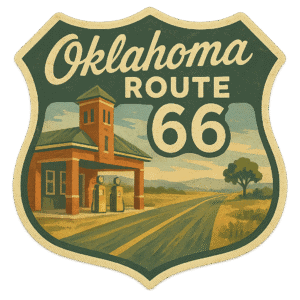
Oklahoma embraces Route 66 with pride. From Tulsa’s art deco beauty to the cowboy roots of Oklahoma City, the landscape shifts from prairie to promise, dotted with classic diners and vintage motels that keep the road’s legend alive.
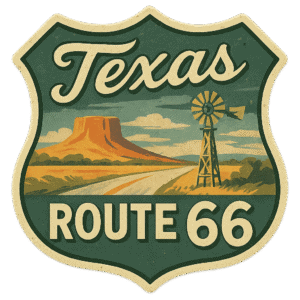
In the Texas Panhandle, Route 66 stretches wide and open beneath an endless sky. Amarillo’s Cadillac Ranch and the Big Texan Steak Ranch stand as icons of roadside Americana, inviting travelers to linger just a little longer.
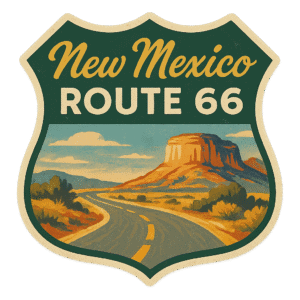
The red mesas and turquoise skies of New Mexico turn every mile into a postcard. From Tucumcari to Albuquerque, you’ll find a blend of Native, Hispanic, and Western cultures woven into a vivid mosaic—best enjoyed with green chile and an open heart.
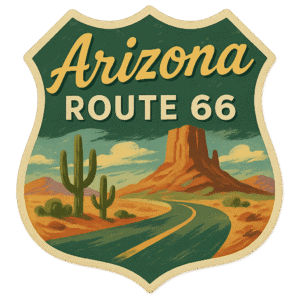
Arizona’s Route 66 rolls through some of the most breathtaking scenery on earth. From the vintage glow of Seligman and Williams to the vast beauty of the Grand Canyon nearby, this stretch captures the wild, rugged soul of the West.
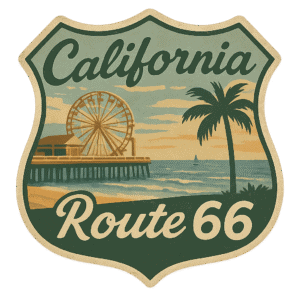
The road ends—but the adventure lingers—at the Santa Monica Pier. California’s stretch of Route 66 runs through desert ghost towns, palm-lined boulevards, and movie-made dreams, reminding travelers that every ending is really just a new beginning.
What to Expect
Language: English is the primary language along Route 66, but you’ll hear accents as varied as the landscapes. From Midwestern drawls to Southwestern charm, every stretch of the road tells its story in its own voice.
Currency: The U.S. Dollar (USD) is used throughout, and most stops, whether it’s a mom-and-pop diner or a classic motel, happily accept major credit cards. Keep a bit of cash on hand for vintage attractions and small-town shops that still do things the old-fashioned way.
Credit Cards and ATMs: You’ll find ATMs in nearly every town along the route, but some remote stretches of highway can be cash-only territory. Tuck a few dollars away for roadside curiosities and those irresistible slices of homemade pie.
Driving: Route 66 spans eight states and more than 2,400 miles of history. A GPS helps, but old-school paper maps (and a sense of adventure) go a long way, especially since modern interstates have bypassed some original alignments.
Plugs and Voltage: Standard U.S. type A and B plugs operate at 120 V and 60 Hz. Visitors from abroad should pack a universal adapter and a converter for high-heat tools.
Safety: Route 66 is a welcoming journey through friendly communities and small-town America. Still, use common sense, lock your vehicle, stay alert in larger cities, and watch for wildlife on rural roads after dark.
Pro Tip: Route 66 isn’t about rushing from Chicago to Santa Monica; it’s about slowing down. Stop at the roadside museums, meet the locals, and let the rhythm of America’s most storied highway unfold one neon sign at a time.
